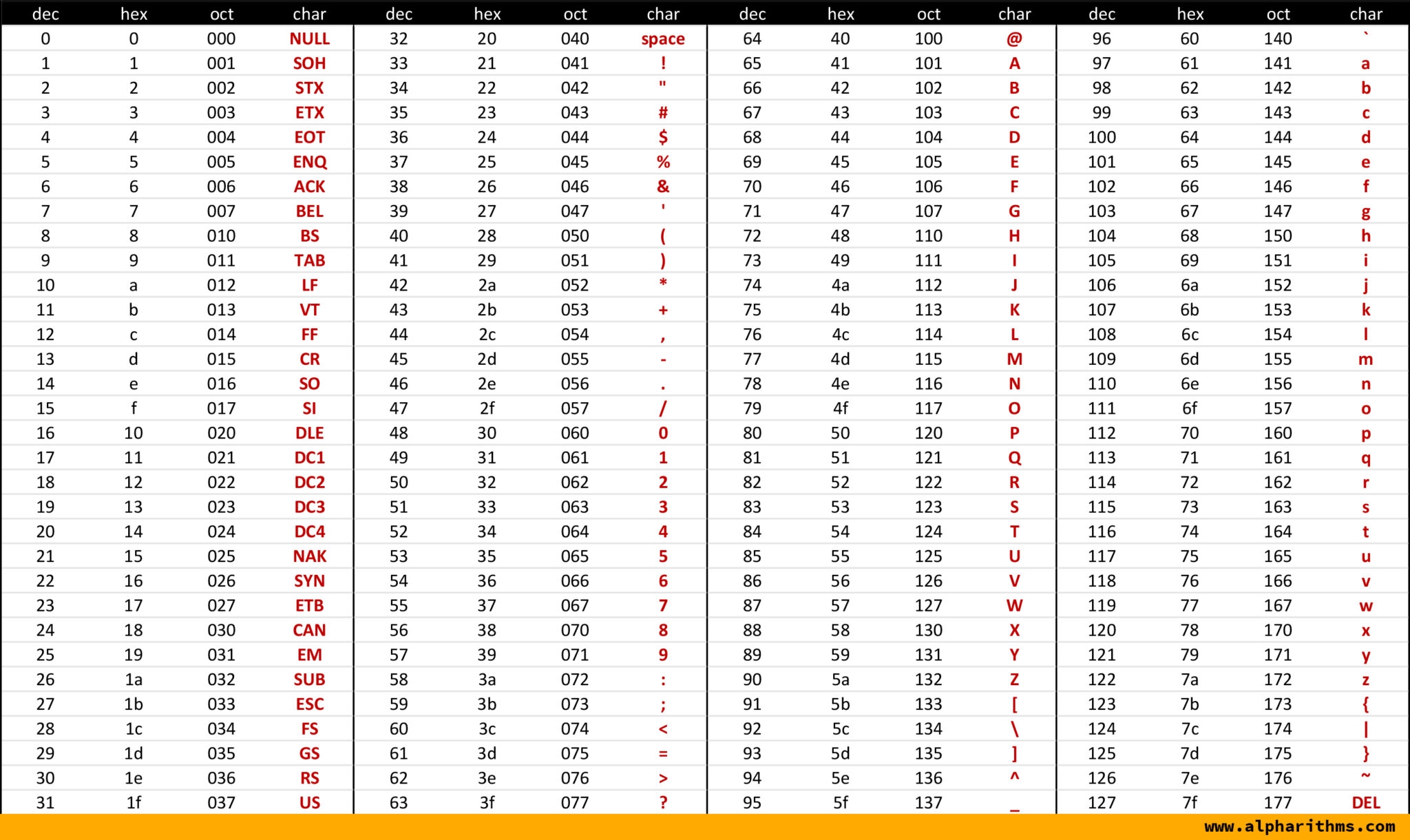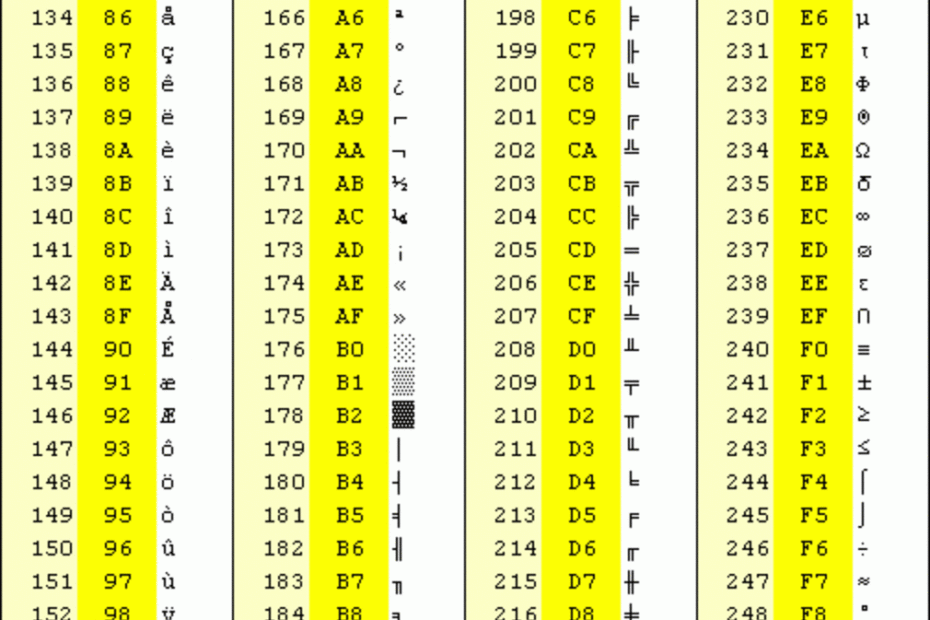ASCII, which stands for American Standard Code for Information Interchange, is a character encoding standard for electronic communication. Each character is represented by a unique number, known as its ASCII code. In programming, it is often necessary to check if a character is printable or not. This can be particularly useful when processing text input or output.
One commonly used character in ASCII is the letter ‘C’. In order to determine if the character ‘C’ is printable, its ASCII code must be checked against a certain range of values. Printable characters in ASCII range from 32 to 126, which includes letters, numbers, punctuation marks, and symbols. Any character outside of this range is considered non-printable.
 Ascii Check If Character Printable C
Ascii Check If Character Printable C
Quickly Access and Print Ascii Check If Character Printable C
When checking if the character ‘C’ is printable, it is important to compare its ASCII code to the specified range. If the ASCII code falls within the range of 32 to 126, then the character ‘C’ is considered printable. Otherwise, it is deemed non-printable.
Programmers can use conditional statements in their code to perform this check. By using an if statement, the ASCII code of the character ‘C’ can be compared to the range of printable ASCII codes. If the condition is met, the program can then proceed with the necessary actions.
It is worth noting that ASCII is a widely used character encoding standard, but it is limited to only 128 characters. For extended character sets, Unicode is often utilized. However, for basic text processing tasks, ASCII is sufficient and can be easily implemented in programming languages such as C, Java, Python, and others.
Overall, checking if the character ‘C’ is printable in ASCII involves comparing its ASCII code to a specific range of values. By utilizing conditional statements in programming, developers can easily determine whether a character is printable or not. This is a fundamental concept in text processing and can be useful in various applications.
